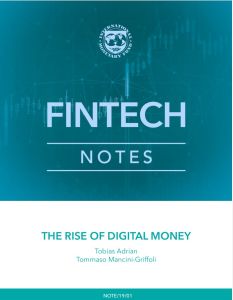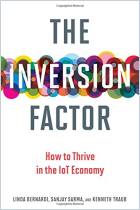Join getAbstract to access the summary!

Join getAbstract to access the summary!
Tobias Adrian and Tommaso Mancini-Griffoli
The Rise of Digital Money
IMF, 2019
What's inside?
Digital money could use the help of the world’s central banks.
Recommendation
Consumers are increasingly turning to PayPal, Alipay and other payment platforms to transfer, borrow, save and store funds. Companies are also in on the digital action, integrating blockchain intro their financial ecosystems. This disruption of the traditional banking architecture has vast implications for central bankers as well. In this thoughtful examination, economists Tobias Adrian and Tommaso Mancini-Griffoli take a deep dive into the e-money sphere, highlighting why monetary officials need to play an important part in the shaping of these new digital monies.
Summary
About the Authors
Tobias Adrian heads the IMF’s Monetary and Capital Markets Department, where Tommaso Mancini-Griffoli is deputy division chief.






















Comment on this summary